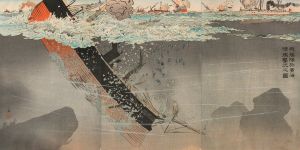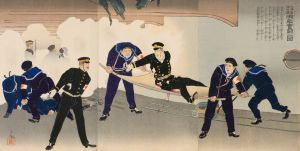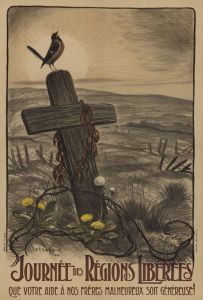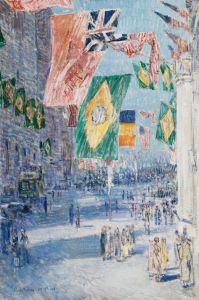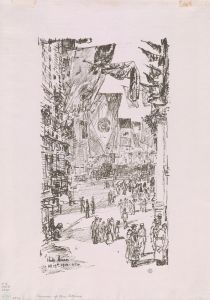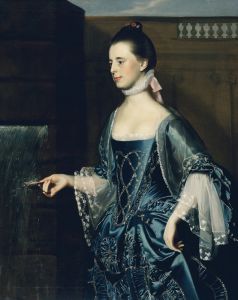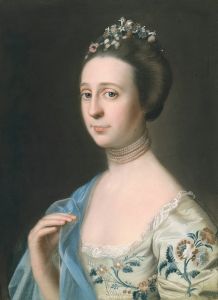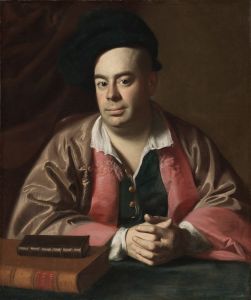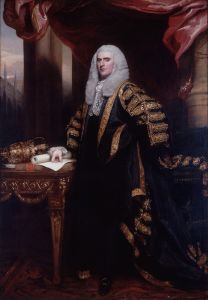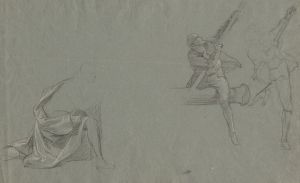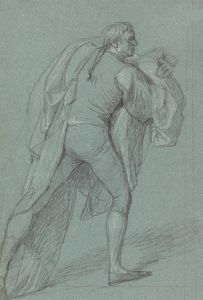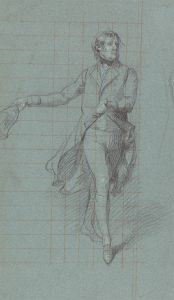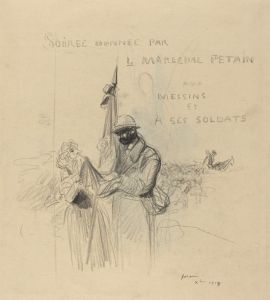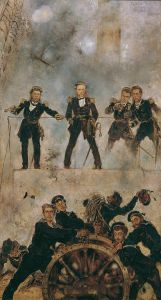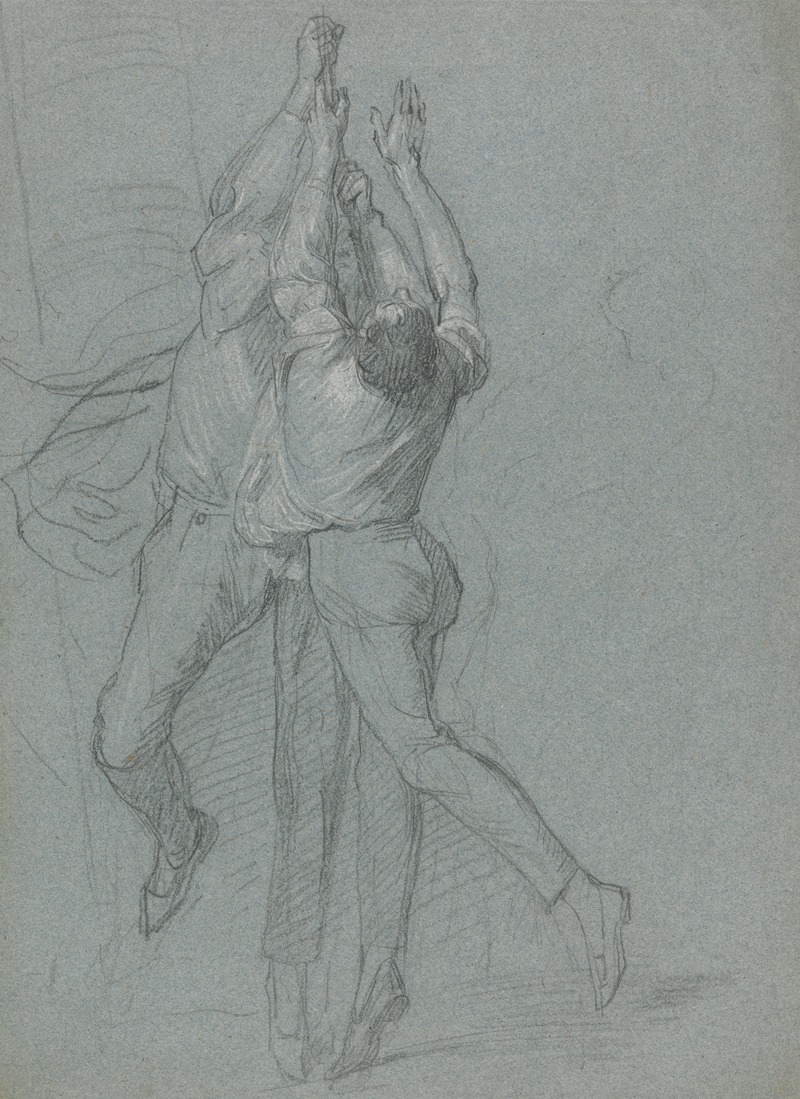
Study of Sailors Raising a Flag for the Victory of Lord Duncan
A hand-painted replica of John Singleton Copley’s masterpiece Study of Sailors Raising a Flag for the Victory of Lord Duncan, meticulously crafted by professional artists to capture the true essence of the original. Each piece is created with museum-quality canvas and rare mineral pigments, carefully painted by experienced artists with delicate brushstrokes and rich, layered colors to perfectly recreate the texture of the original artwork. Unlike machine-printed reproductions, this hand-painted version brings the painting to life, infused with the artist’s emotions and skill in every stroke. Whether for personal collection or home decoration, it instantly elevates the artistic atmosphere of any space.
"Study of Sailors Raising a Flag for the Victory of Lord Duncan" is a painting by John Singleton Copley, an American-born artist who became one of the most influential painters in both colonial America and Britain. Copley is renowned for his portraits and historical scenes, and this particular work is a study for a larger composition.
The painting depicts a group of sailors raising a flag to celebrate the victory of Admiral Adam Duncan, 1st Viscount Duncan, at the Battle of Camperdown. This naval engagement took place on October 11, 1797, during the French Revolutionary Wars, and was a significant British victory against the Dutch fleet. The battle was crucial in maintaining British naval dominance and preventing a potential invasion of Britain.
Copley's study captures the moment of triumph and the collective effort of the sailors. The composition focuses on the physical exertion and coordination required to hoist the flag, symbolizing unity and patriotism. The sailors are shown in dynamic poses, emphasizing their strength and determination. The flag itself is a central element, representing victory and national pride.
John Singleton Copley was born in Boston, Massachusetts, in 1738. He moved to London in 1774, where he continued to develop his career. Copley was known for his meticulous attention to detail and his ability to convey the textures of different materials, such as fabric and metal. His works often included elaborate settings and dramatic lighting, which added to the emotional impact of his scenes.
"Study of Sailors Raising a Flag for the Victory of Lord Duncan" is an example of Copley's skill in creating historical narratives. Although it is a study, it demonstrates his ability to capture movement and emotion. The painting reflects the artist's interest in contemporary events and his desire to commemorate significant moments in British history.
Copley's work was well-received in his time, and he became a member of the Royal Academy of Arts in 1779. His contributions to art were recognized both in America and Britain, and his paintings remain important examples of 18th-century art.
The study for the larger composition highlights Copley's process of developing his ideas and refining his techniques. Studies like this one were essential for artists to experiment with composition, lighting, and figure placement before committing to the final work. They provide insight into the artist's creative process and the evolution of his ideas.
In summary, "Study of Sailors Raising a Flag for the Victory of Lord Duncan" by John Singleton Copley is a significant work that captures a moment of historical importance. It showcases Copley's talent for depicting dynamic scenes and his ability to convey the spirit of the times. The painting is a testament to the artist's skill and his contribution to the art of historical painting.





